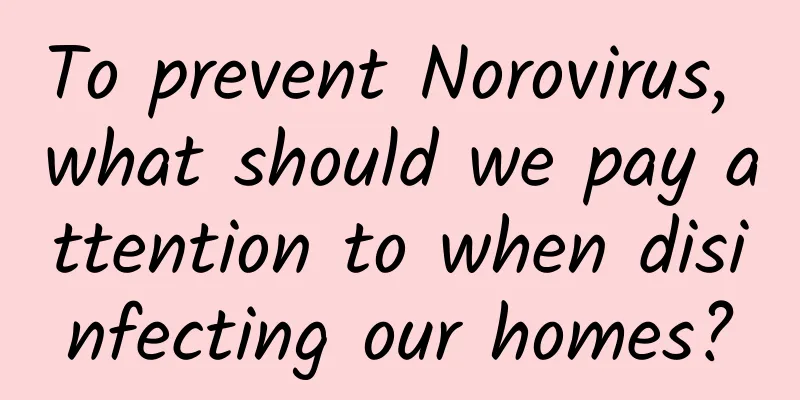Is non-gonococcal vaginitis easy to treat? What are the methods?

|
When human health is threatened and harmed by disease, the first thing to do is to seize the time to treat it. Do not delay and let the disease worsen, especially for non-gonococcal vaginitis. This disease is highly contagious, and timely and correct treatment is crucial. Don't be careless. So is non-gonococcal vaginitis easy to treat? Patients with non-gonococcal disease must pay attention to early diagnosis and early treatment; treatment should be carried out in a regular hospital, and should be treated at the same time as the sexual partner, and should not be abandoned halfway. During the treatment, you should pay attention to rest, avoid strenuous activities, and refrain from sexual intercourse. Avoid eating irritating foods. Clothes and utensils should be washed and disinfected. The vulva should be cleaned every day with 1:5000-1:8000 potassium permanganate solution or Chlorhexidine. There are many antibiotics that are effective in treating non-gonococcal urea. These drugs include tetracycline, doxycycline, azithromycin, clarithromycin, roxithromycin, erythromycin, etc.; streptomycin and spectinomycin are effective against mycoplasma but have little effect on chlamydia infection; vancomycin is basically ineffective against chlamydia, so it is not used. Many people are resistant to antibiotics, so it is best to do a drug sensitivity test and then use effective drugs. Follow-up should be done after treatment. If it is ineffective, another treatment method should be used. Therefore, patience is required during treatment. For those infected with Candida albicans, in terms of medication, first wipe the secretions on the vulva and vagina with cotton wool, then rinse with 1:5000 potassium permanganate or 2% to 3% sodium bicarbonate solution. After drying, apply 0.5% to 1% gentian violet solution, and then use antifungal suppositories, such as nystatin, clotrimazole, miconazole, econazole, bifonazole, etc., and put one suppository into the vagina before going to bed every night for 7 consecutive days. If the effect is not good, you can take fluconazole 150 mg orally once a day for 3 consecutive days; or itraconazole 200 mg per day for 3 days as a course of treatment. If necessary, repeat the course after the next menstruation. If non-gonococcal vaginitis is not treated seriously or is not treated thoroughly, it is easy to cause recurrence. After treatment, patients with gonococcal vaginitis still need to go to the hospital for a gynecological examination and vaginal secretion test after each menstruation, for 3 consecutive times. If signs of gonococcal infection are found once during this period, it cannot be considered cured, but rather a relapse or reinfection, and continued treatment is required. Through the above introduction, everyone has a clear idea of whether non-gonococcal vaginitis is easy to treat. Any disease has a corresponding treatment method. After all, current medical technology is still very advanced. But don’t be lucky. After all, this disease is difficult to treat and you must remain patient. |
<<: Is non-gonococcal vaginitis easy to treat? What is the method?
>>: What are the main symptoms of non-gonococcal vaginitis?
Recommend
Can polyps turn into cancer after removal?
There will be no canceration after polypectomy, a...
The woman had difficulty conceiving and maintaining the fetus, and was told that she needed surgery when she was 5 months pregnant. Be sure to be careful about this disease!
Ms. Li, 40, has always wanted a child of her own....
The dangers of stopping taking Yasmin
Yasmin can effectively resist the hypokalemia tha...
Does the black magic master like alkaline soil or acidic soil? What kind of soil should be used for black magic master seedlings?
The Black Master, a succulent drought-tolerant pl...
A 1cm live worm was removed from the boy’s eye. Pet parasites must be prevented!
Audit expert: Wu Lei National licensed veterinari...
Why can't you eat B vitamins during breastfeeding?
The diet of breastfeeding mothers should not be t...
How often should hcg be checked in early pregnancy?
Pregnant mothers all know that HCG is an importan...
How can girls lose weight on their shoulders?
Since ancient times, our aesthetic concept has al...
Can I eat deer penis during menstruation?
Menstruation is a very normal thing for women. It...
What kind of underwear is suitable for small breasts?
Some people with small breasts are very anxious. ...
Can I eat mashed garlic during menstruation?
Mashed garlic is a seasoning ingredient with a un...
Menstrual discharge is black dirt
Menstruation is a physiological phenomenon that o...
Why does it hurt when I pinch my breasts?
Breast health is a major issue that women need to...









